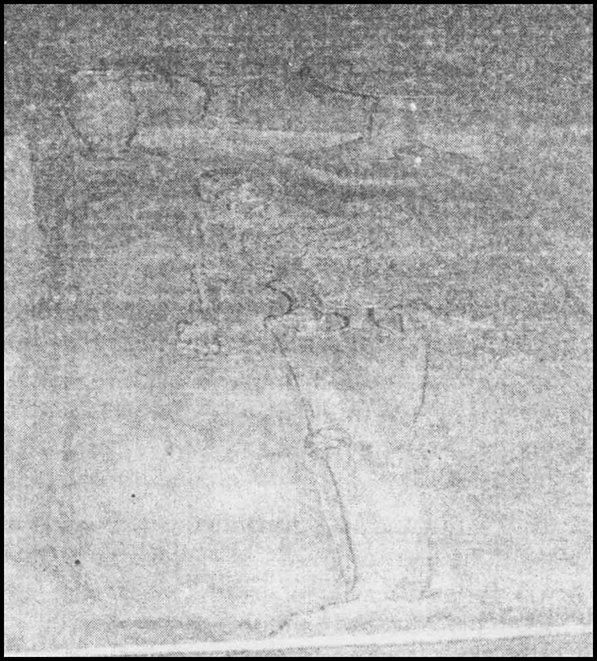Bricks, Beads And Bones
Describe some distinctive features of the Harappan culture.
Features of the Harappan culture:
1. Urban Civilisation: The sight of the towns of Mohenjodaro and Harappa reflect the supremacy of the then architecture and town planning. There were wide roads ranging from 9 to 34 feet in width. The horizontal roads cut the vertical ones on right angles. The towns had brick houses, both big and small ones. There was provision of cross ventilation and sufficient lighting. The sight of drains and huge dustbins outside the houses revealed that there must have been some local institution to manage sanitation and such other activities smoothly.
2. Architecture: There were varieties of building that were unearthed:
(i) Buildings for the dwelling of the citizens.
(ii) Buildings for public purposes.
(iii) Public fire places.
3. The Great Bath: The Great Bath, discovered during excavations was 39 feet in length, 23 feet in width and 8 feet in depth.
Verandahs and rooms were constructed around it. There was a provision of filling the bath with water and emptying it. There was a well closely which might have been serving as the source of filling fresh water into the bath. This structure is an excellent symbol of the Indus Valley Civilisation.
4. Food: The people of Indus Valley ate barley, wheat, fruit and flesh also.
5. Clothes: The available needles and spinning and weaving tools and button show that the people knew spinning and weaving. Both the cotton and woollen clothes were worn. The people wore coloured clothes. There was a close similarity in the clothes of men and women-folk.
6. Ornaments: Both the men and the women wore ornaments. The chief ornaments used to be armlets, necklace, ear-rings, metal ring (bangle), belt etc.
7. Cosmetics: Hair used to be decorated in many forms. Brass combs, mirrors, piece of decoration made of ivory and a type of colour used to redden the lips like lipstick too have been found.
8. Amusements: The people used to utilise their time in hunting, playing chess, music, dance, drawing and painting, taming birds and catching fish. These formed the sources of their recreation.
9. Art and craft: Patterns of fine drawing are available on the seals of the times. The clay carts and toys too are fine specimen of the grand art.
10. Religion: There are various hypothesis regarding religion but we still do not know, there are indication that they could have worshipped nature, mother goddess, proto shiva etc.
Tips: -
V. Imp.
Sponsor Area
Some More Questions From Bricks, Beads And Bones Chapter
Look at following fig. and describe what you see. How is the body placed? What are the objects placed near it? Are there any artefacts on the body? Do these indicate the sex of the skeleton?
Fig. A Harappan Burial
Describe some of the distinctive features of Mohenjodaro.
List the raw materials required for craft production in the Harappan Civilisation and discuss how these might have been obtained.
Discuss how archaeologists reconstruct the past.
Discuss the functions that may have been performed by rulers in Harappan society.
On given map, use a pencil to circle sites where evidence of agriculture has been recovered. Mark an X against sites where there is evidence of craft production and R against sites where raw materials were found.
Find out if there are any museums in your town. Visit one of them and write a report on any ten items, describing how old they are, where they were found and why you think they are on display.
Collect illustrations of ten things made of stone, metal and clay produced and used at present. Compare these with the pictures of the Harappan civilisation in this chapter, and discuss the similarities and differences that you find.
Mention the two sections of the Harappan settlements and give one main feature of each.
Mention two features of Harappan cities.
Mock Test Series
Sponsor Area
NCERT Book Store
NCERT Sample Papers
Sponsor Area